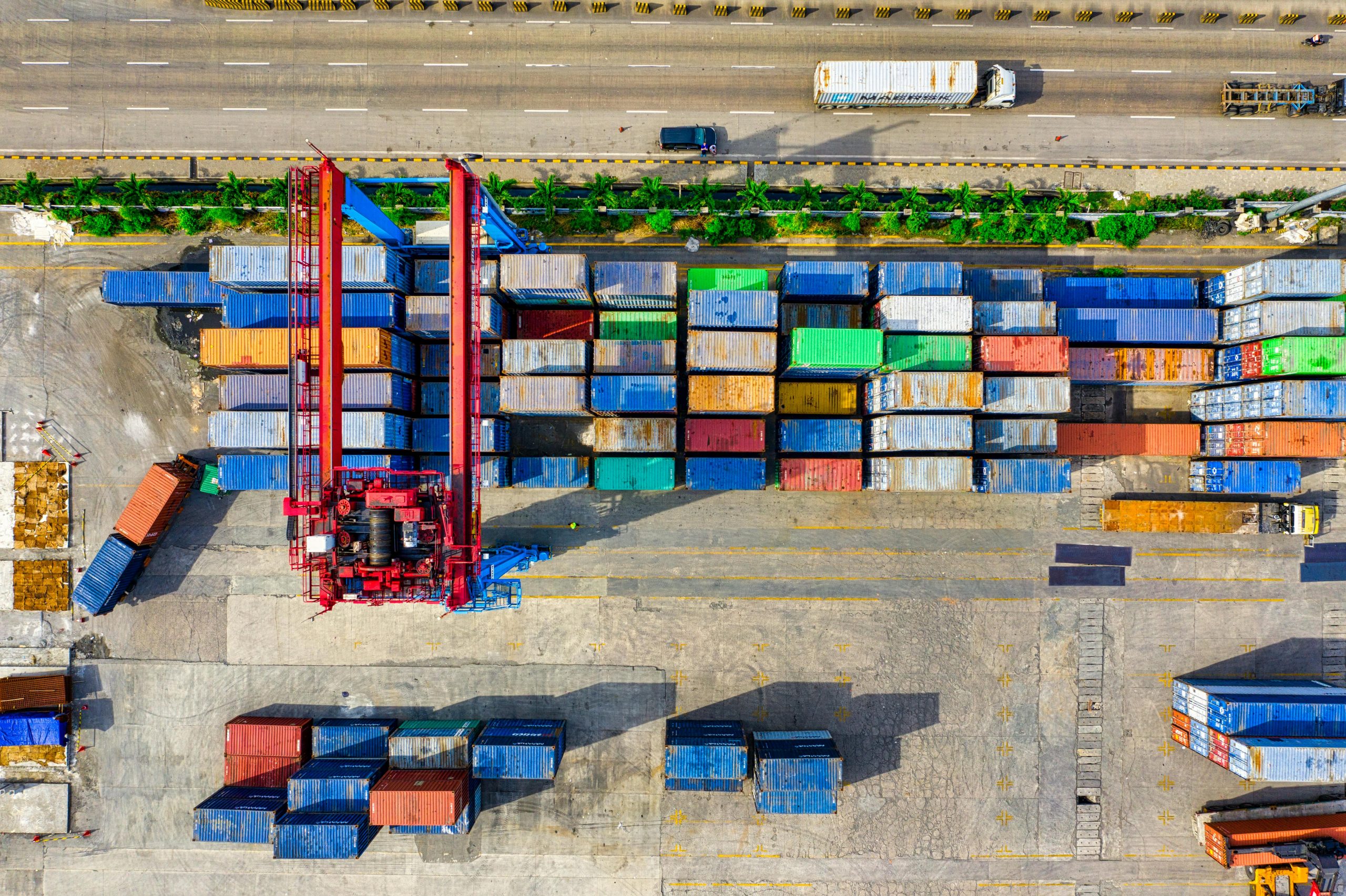
- Implementing logistics tools requires careful planning and implementation, including training and continuous performance evaluation.
- End-users should be involved in the deployment process and clear metrics for success should be set.
- Ongoing support and maintenance are important for the success of chosen tools.
- A strategic and informed approach is necessary to enhance logistics operations with the right tools.
The importance of leveraging the right tools and technologies cannot be overstated in today’s rapidly evolving logistics landscape, where consumer demands are unpredictable and the competition fierce. These decisions are pivotal, shaping your supply chain management’s efficiency, responsiveness, and cost-effectiveness. This guide will take you through the process of assessing, selecting, and implementing the tools that best address your specific logistics challenges.
Understanding Your Logistics Needs

The foundation of effective logistics management lies in an in-depth understanding of your needs. Before jumping on the bandwagon of the latest technology or software, take a step back. Assess the volume of your operations and the complexity of your supply chain, and pinpoint the specific areas where you face the most significant challenges. This comprehensive appraisal will serve as your roadmap in the labyrinth of logistics solutions available.
Choosing the Right Tools for Your Logistics Challenges
Once you’ve mapped out your logistics needs, the quest for the right tools begins. The following framework guides you through evaluating and selecting the tools that promise the best fit for your requirements.
Analyze Operational Requirements
Your logistical operations are as unique as your business. Thoroughly understanding your operational demands—inventory management, order processing speed, or delivery precision—is crucial. This insight ensures the tools you select will effectively address the bottlenecks in your supply chain.
For example, investing in material handling equipment is essential for warehouses with high-volume inventory turnover, while real-time tracking systems are critical for businesses with a large geographical reach. This analytical phase lets you identify the gaps in your logistics chain to select the most effective tools.
Evaluate Technological Integration

In the digital age, the ability of new tools to integrate with your existing systems is vital. Seamless integration enhances data transparency and workflow efficiency, turning isolated information into actionable insights. Therefore, opting for solutions that can effortlessly communicate with your current infrastructure is key.
You also need to consider compatibility across different devices, ensuring the chosen tools can function on multiple platforms. This flexibility ensures accessibility and continuity in your logistics processes.
Consider Scalability and Flexibility
The only constant in logistics is change. The tools you choose should not merely solve today’s problems but also grow with your business and adapt to future market shifts. This foresight in selecting flexible and scalable solutions positions you to respond to unforeseen challenges swiftly.
When evaluating scalability, consider the tools’ ability to handle increased volume and complexity as your business expands. Additionally, look for solutions that offer customizable features, allowing you to tailor them to fit your evolving needs.
Assess Cost versus Benefit
Every investment in your logistics operation must justify its worth through tangible improvements in efficiency and cost reductions. Conducting a thorough cost-benefit analysis helps in determining whether the potential savings and operational upticks outweigh the investment in new technology.
Also, remember that the cheapest option may not always be the most cost-effective. Consider long-term benefits and potential ROI when making your decision. You don’t want to compromise on quality and spend more money in the long run.
Prioritize Ease of Use and Support
Lastly, the usability of new logistics tools and the quality of customer support should never be underestimated. User-friendly solutions with robust support channels minimize the learning curve, ensuring your team can maximize the benefits of the new tools without significant downtime or disruption.
Consider the user interface and integration with your existing systems when evaluating ease of use. The smoother the transition, the quicker you can start reaping the benefits.
Implementing Your Chosen Tools
Selecting your logistics tools is only the beginning. The implementation phase—incorporating training, testing, and continuous performance evaluation—is equally crucial. Best practices during this phase include involving end-users in the deployment process, setting clear metrics for success, and staying adaptable to adjust strategies as needed.
Furthermore, don’t overlook the importance of ongoing support and maintenance. Your chosen tools will require regular updates, bug fixes, and optimization to continue delivering results. Establish a partnership with your tool provider to ensure a smooth process for addressing any issues or concerns that arise.
Final Thoughts
Enhancing your logistics operations with the right tools demands a strategic and well-informed approach. Understanding your needs, thoroughly evaluating potential solutions, and carefully managing implementation can significantly bolster your supply chain’s resilience and efficiency. Remember, in logistics, the right tools don’t just solve problems—they unlock opportunities for growth and innovation. Approach this selection process with diligence and a forward-looking mindset, and watch as your logistics operations transform into a streamlined powerhouse of productivity and reliability.




